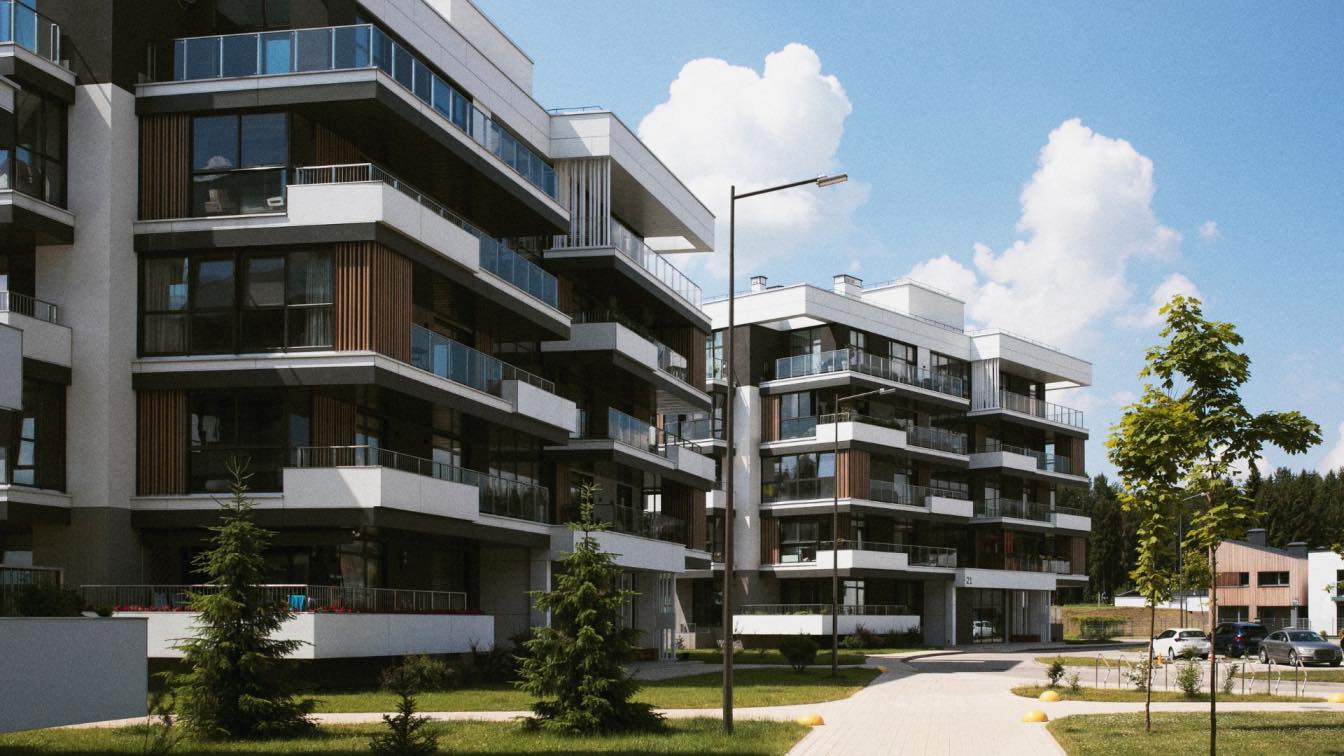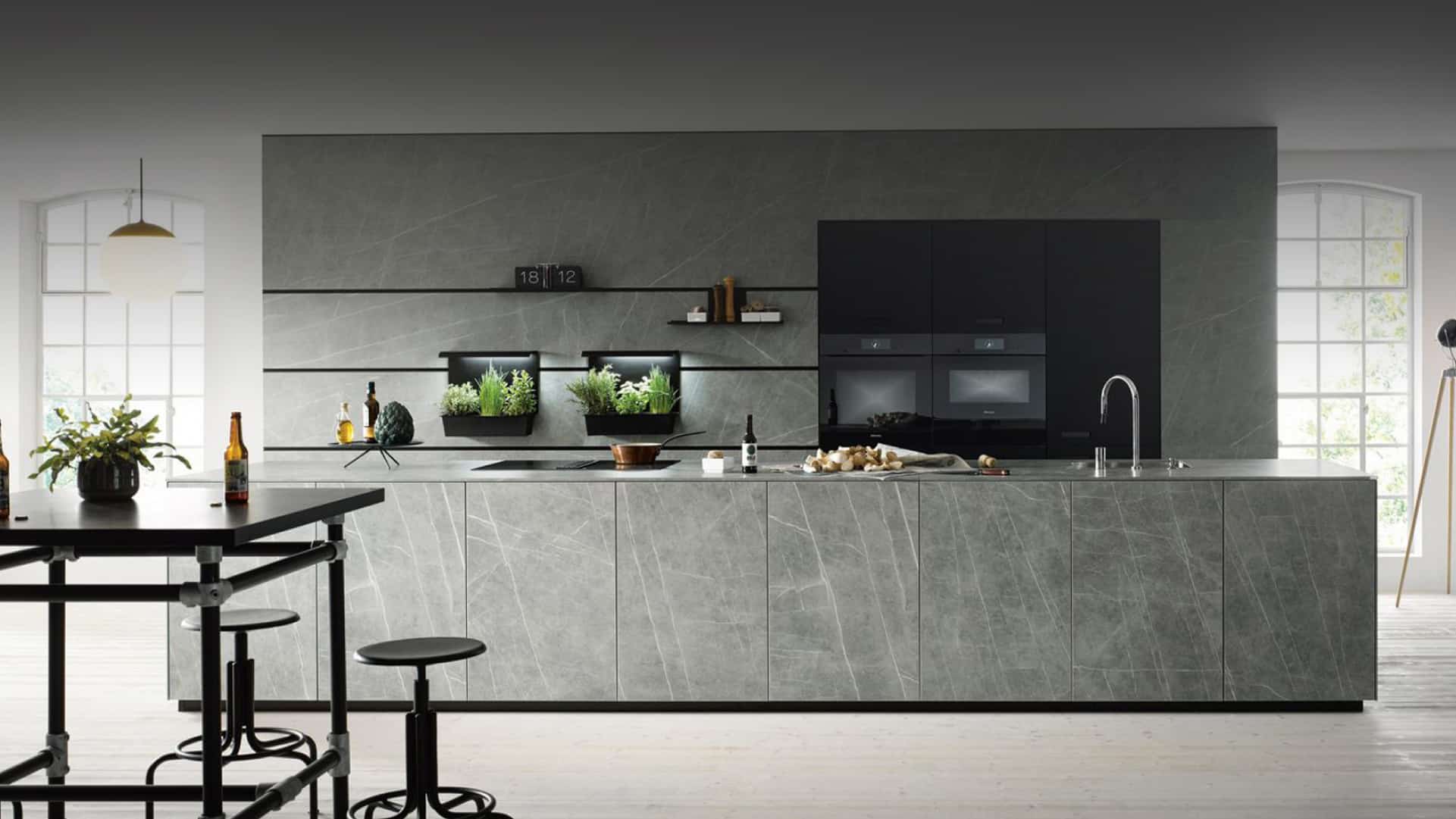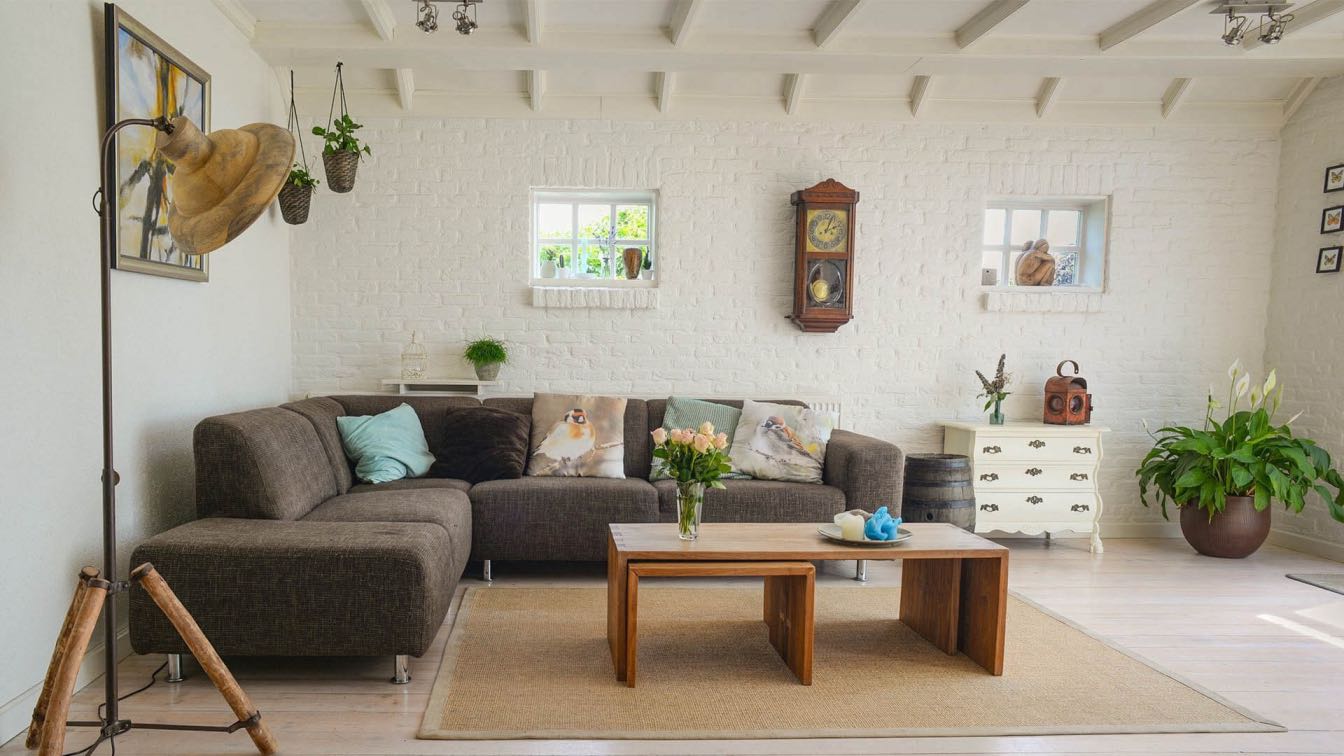When 2025 has already passed the equator point, it is possible to evaluate and analyze emerging requests and needs, the dynamics of development of architectural and design solutions in the private premium segment and form an understanding of what will be relevant in the near future. In lighting design, as in other segments, every year you can observe how current trends appear that can change over time. In the field of lighting, there are trends that have been relevant for many years, but new ones also appear, which are always interesting to watch.
Based on our experience, global trends, development of technologies and values, we have identified 6 of the most relevant trends of 2026 in lighting design for private premium homes:
1 – Symbiosis of functionality and emotions
Thanks to the development of the lighting industry, the variety of lighting devices and the possibilities of modern technologies, lighting has become multi-tasking and multifaceted. For exclusive living spaces and premium private homes, individual lighting solutions are designed that can create an ideal lighting environment for residents. Depending on the architectural features of the project and the wishes of the customer, lighting designers strive to create a symbiotic solution where lighting performs functional tasks and creates emotions. If the concept of functionality speaks of comfort and safety, then emotionality is expressed differently in each case. Close work between the architect, the customer and the lighting designer helps to identify the needs of residents, understand their personal characteristics of perception of the living environment and create the desired emotions and impressions with the help of light.
It is important to understand that living in a space that does not evoke positive emotions or emotions at all is unbearable, and only a few are willing to consciously deprive themselves of functional light; it is better to have the ability to control lighting scenarios in order to create the atmosphere you want at any time.

@ The Recessed Residence Architect: WARchitect Photo: Pungkit Charoenwat
2 – “Smart” life
Having “smart” capabilities has already become a necessity, not an excess. Premium real estate by default provides for the presence of smart technologies. A modern person is unlikely to cope with all the systems of the house without automation. Having everything at hand and at any time managing not only devices, but the environment as a whole is a habit that is no longer possible to give up. Home automation systems provide the desired comfort and safety.
Smart home systems allow you to control lighting, curtains, heating, ventilation and air conditioning, security systems and video surveillance, multimedia systems, record smoke and leaks, ensure electrical safety, etc.
Lighting control can now be carried out through switches, smart sensors, control panels, mobile gadgets, voice commands. A smart system allows not only to turn on/off and dim lighting, but also to program the desired lighting scenarios, control dynamics and color, work on a timer, adjust lighting depending on motion or presence sensors, adjust illumination depending on natural light, work in energy saving mode, simulate the presence of owners in the house. Control systems form an understanding of a new quality of life.

@ Hofmann House Architecture: Fran Silvestre Arquitectos Photo: Fernando Guerra FG+SG
3 - Sculptural forms and art
Lighting is now not only practical, but is becoming a new form of art. Designer luminaries with original shapes perform the role of light sculptures in living spaces. They become the central element of design, filling the space with individuality and emotions. Modern industrial designers create unique light objects from simple geometric shapes to bizarre curves or seemingly inappropriate materials or even objects.
Just as art can be different, so light is diverse and multifaceted. Its manifestation can be not only in the form of an object, but also in the form of a special effect that cannot be physically touched. Different lighting options can look impressive and dramatic, for example, a narrow beam of light in a dark space, reflections from objects, the play of light and shadow in the form of natural and artificial patterns, colored and dynamic lighting, interaction with materials/textures/shapes, light overflows and combinations of shades of white, etc. Lighting designers can develop different options that will best fit into the design solution and a specific project.

@Kural Vista Architecture: SAOTA Photo: Chris Goldstraw
4 - Biophilic design
Biophilic design does not lose its relevance, and is increasingly manifested not only in iconic commercial objects, but also in private projects. Modern man needs a stronger connection with nature, the more technological the society around him becomes, the stronger the desire to be closer to nature.
Architects actively integrate natural light into their projects – creating houses with large areas of glazing, designing atriums, introducing internal courtyards, building terraces that seamlessly continue the interior into the exterior, providing skylights, designing operable roofs or using transparent glass blocks instead of blank walls.
Artificial lighting in the interior can imitate natural light in its character and behavior. Dynamic variable light allows changing the intensity of lighting and changing shades of white (changing color temperature – tunable whie) similar as it happens in nature. Visual connection with nature through changing light conditions contributes to a person’s well-being, emotional comfort, and therefore well-being. The concept of Human centric lighting (HCL) is no longer used only in office spaces, but is also available for premium residential properties.

@ QI Yuan Work-Live Space Architect: Yuan Liang Design Photo: Zhong Jifa, Yigao
5 – Healthy Spaces
The topic of sports and health care is becoming more and more popular every year. The philosophy of healthy spaces initially appeared in the offices of world market leaders (first in the IT field), which attracted the best personnel thanks to the most comfortable and flexible working conditions. In these office spaces, in addition to a variety of comfortable and flexible working conditions, sports zones for active recreation, gyms, meditation and yoga rooms were provided, capable of maintaining the physical and emotional health of the employee.
One of the important factors affecting health is lighting. It is impossible to create a “healthy” space with poorly thought-out and low-quality lighting. In private premium homes, gyms, yoga and meditation spaces, sports grounds, spa areas and a swimming pool are also appearing. It is important to remember that proper lighting should be not only in these areas, but also in the entire house and the adjacent territory.

@ Compluvium House Architect: Fran Silvestre Architects Photo: Jesús Orrico
6 – Environmentally friendly / Sustainability
Environmental friendliness has firmly established itself in construction, architecture and design. This trend is unlikely to lose its relevance in the future, but will probably manifest itself in slightly different ways due to the development of technology. Many modern homeowners are not only thinking about their personal contribution to the current issue of reducing the impact on the environment, but are also taking action, changing their approach to life in general: to consumption, use and disposal.
Conscious construction, manufacturing and design are not only important for preserving our planet, but are also becoming part of our conscious lifestyle.

@ Villa Volga Architect: FAS(t), Photo: Daniel Annenkov

.jpg)



